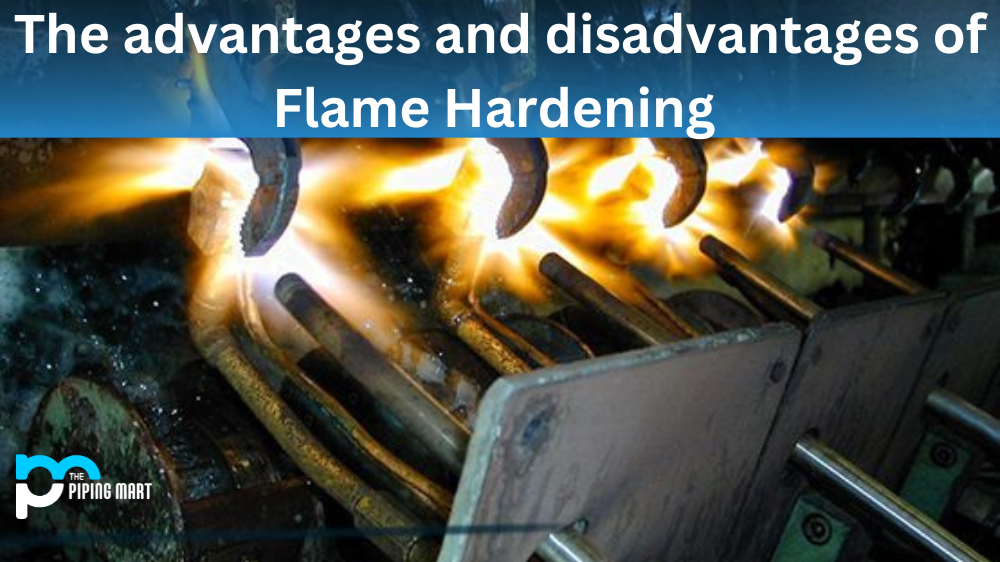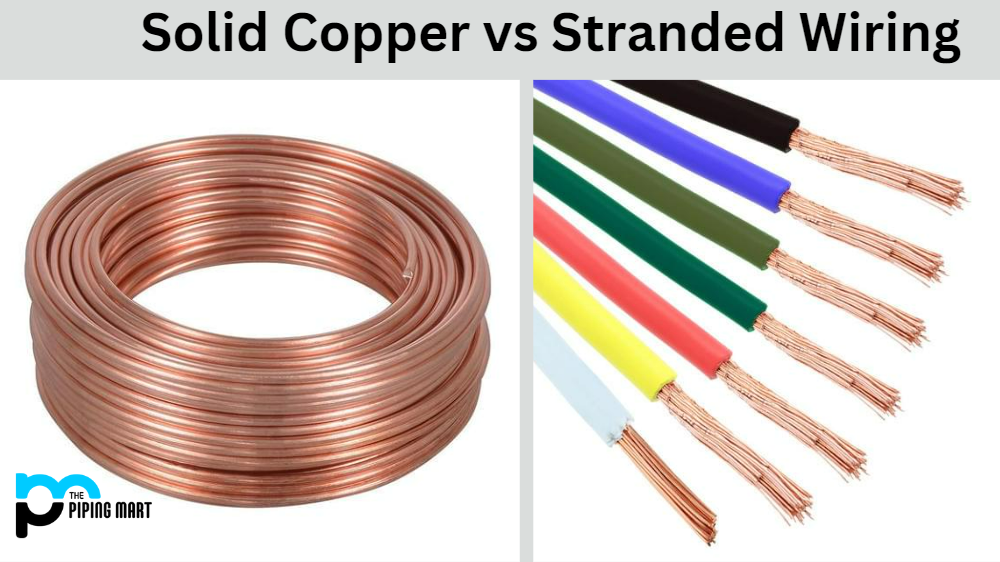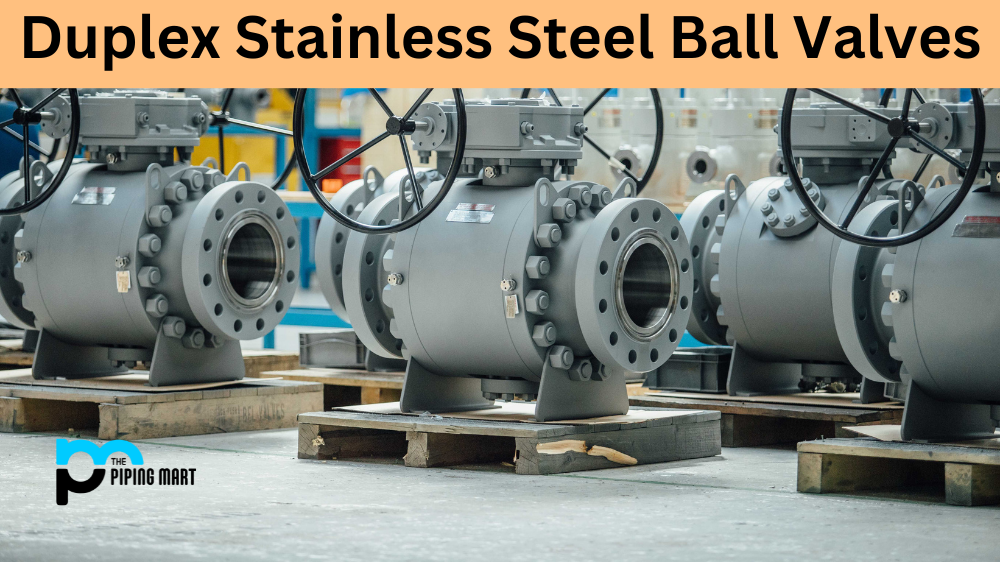Flame hardening is a metal surface treatment process in which the metal is heated to high temperatures until it reaches a desired hardness. It’s an effective way to strengthen metal surfaces and make them more resistant to wear and corrosion, but what are its advantages and disadvantages? Let’s explore the pros and cons of flame hardening by looking at its various applications.
Advantages of Flame Hardening
Flame hardening is a cost-effective method for strengthening metal parts or components. It can be used on almost any type of metal, including steel, stainless steel, aluminium, brass, and bronze. Because flame hardening does not require expensive tools or equipment, it can often be done in-house at lower costs than other heat-treating processes. Additionally, because it only heats the surface layers of the workpiece, there is less risk of distortion or warping compared to other methods.
Flame hardening is also fast and efficient because it can be done quickly with minimal setup time. This makes it ideal for mass production, where parts must be hardened in large quantities quickly. In addition to being fast, flame hardening is also accurate since no moving parts need to be adjusted during the process. This ensures that each part will have a consistent hardness over its surface area.
Finally, flame hardening offers superior wear resistance compared to traditional methods such as carburizing or nitriding. This makes flame hardening ideal for components with heavy use or exposure to harsh environments, such as marine or automotive applications.
Strength
Flame hardening is a process that can be used to increase the strength of a metal. The process works by heating the surface of the metal to a high temperature and then cooling it quickly. This change in temperature causes the outer layer of the metal to become harder than the inner layers.
Durability
The increased strength of flame-hardened metals also makes them more durable. Flame hardening can be used to improve the wear resistance of a metal, making it less likely to experience damage from friction or impact.
Corrosion Resistance
Another benefit of flame hardening is that it can improve the corrosion resistance of a metal. The process creates a harder surface on the metal, which is less susceptible to corrosion. Additionally, the process can also seal pores in the metal, which can prevent corrosion from occurring.
Aesthetic Properties
In addition to its functional benefits, flame hardening can enhance a metal’s aesthetic properties. The process can be used to create patterns on the surface of the metal, which can add visual interest. Furthermore, flame hardening can create a glossy finish on a metal surface.
Cost-Effective
Flame hardening is also a cost-effective way to improve the properties of a metal. The process does not require expensive equipment or materials and can be performed quickly and easily.
Disadvantages of Flame Hardening
The main disadvantage of flame hardening is its limited depth penetration into the workpiece material. Only the top few layers will be hardened, while the core remains relatively soft and susceptible to deformation under heavy loads or shock impacts. For this reason, it’s important to ensure that your workpiece has enough material thickness so that the hardened surface layer can adequately protect against wear and tear over time. Additionally, due to its intense heat requirements, flame hardening cannot be used on certain materials such as plastics, rubber or certain alloys, which could degrade under extreme heat exposure.
Limited to Certain Materials
Flame hardening is a heat treatment process that can only be used on certain materials, such as carbon steel, tool steel, and cast iron. This limits the potential applications of the process.
Requires Specialized Equipment
Flame hardening requires specialized equipment to generate the high temperatures needed to alter the material’s microstructure. This equipment can be expensive and may not be readily available.
Time Consuming
The flame-hardening process can also be time-consuming, as it typically takes several minutes to heat the material to the required temperature. This can increase the overall cost of the process.
Can Cause Distortion
If not carefully controlled, the flame-hardening process can distort the treated material. This distortion can reduce the strength and durability of the finished product.
Requires skilled operators
The flame-hardening process requires skilled operators to achieve desired results. This can make the process more expensive and less accessible for some manufacturers.
Conclusion:
In conclusion, flame hardening offers many advantages, such as cost-effectiveness, accuracy and speed compared to other heat treatment processes like carburizing or nitriding; however, its limitations should always be considered before deciding if this process is right for your application needs. With proper consideration for material thicknesses and selection of compatible materials, flame hardening can provide superior wear resistance for your components while maintaining an economical cost compared with alternative methods available today!

Pipingmart is a B2B portal that specializes in metal, industrial and piping items. Additionally, we share the latest information and information about materials, products and various types of grades to assist businesses that are involved in this business.




